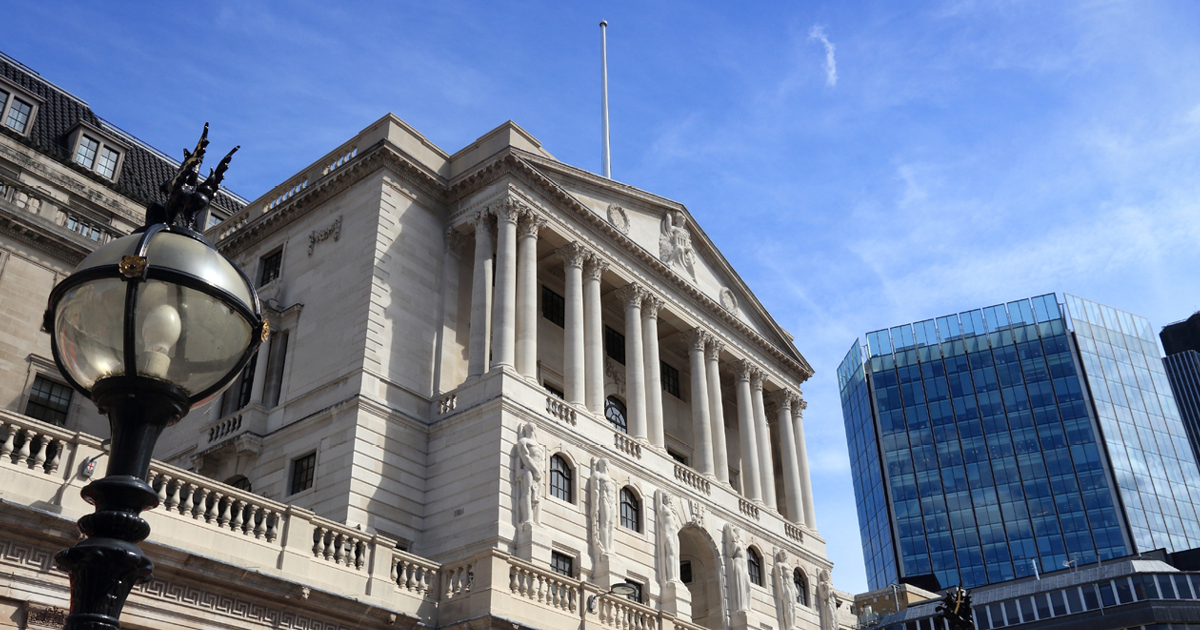
In brief
- The Bank of England’s (BoE) Monetary Policy Committee (MPC) voted by a majority of 8-1 to reduce the Bank Rate by 25 basis points (bps), bringing it down to 4.75%.
- Governor Andrew Bailey detailed a cautious approach given the effects of the UK budget on the economy.
- The committee maintained its guidance from the September meeting, continuing to state that a "gradual approach to removing policy restraint remains appropriate." This indicates to us that the committee is inclined towards quarterly reductions in the Bank Rate.
- We believe the BoE will be looking for further progress on services inflation and will stick to a quarterly pace unless there is further progress on inflation path.
BoE will not cut rates too much or too quickly – again
In updated forecasts, the MPC outlined that the recent Autumn budget is expected to increase GDP by approximately 75bps and raise CPI (consumer price index) inflation by around 50bps at its peak compared to the Bank’s previous estimates. Therefore, despite overall inflation falling to 1.7% in September 2024, it is expected to peak at 2.7% next year before easing in 2026 and 2027.
Despite the higher path for inflation, the Committee decided to lower the Bank Rate to 4.75% due to the progress made in curbing inflation thus far. However, it highlighted that a gradual approach to loosening policy restrictions is necessary until inflation risks are further reduced.
Market reaction and strategy positioning
The large market moves in Gilt yields after the UK budget meant that the BoE based its forecast on a lower path for borrowing costs than now priced. As markets now see rates almost half a percentage point above where BOE used in its forecasts, this would imply a sharper slowdown in CPI and potentially more cuts than currently priced by the market are possible.
Our GBP liquidity strategy is well positioned to take advantage of the cut by the BoE. Weighted average maturity remains at the top end of the current 40-50-day range, with range of fixed maturity holdings in the 6-12 month part of the curve. Having locked in attractive yields, the strategy will be able to maintain higher yields for longer.
Conclusion
The BoE’s decision to cut the bank rate to 4.75% reflects the progress made on reducing inflation to the 2% level sustainably. However, with the recent market moves and updated growth and inflation forecasts following the UK budget, more time is needed to assess the situation. We anticipate the next rate cut to occur in February, as by then the Bank of England will have time to analyse incoming macro data, and gain greater clarity on potential tariffs from the US. We think investors should consider diversifying across a range of tenors to ensure optimal balance of current and future returns.